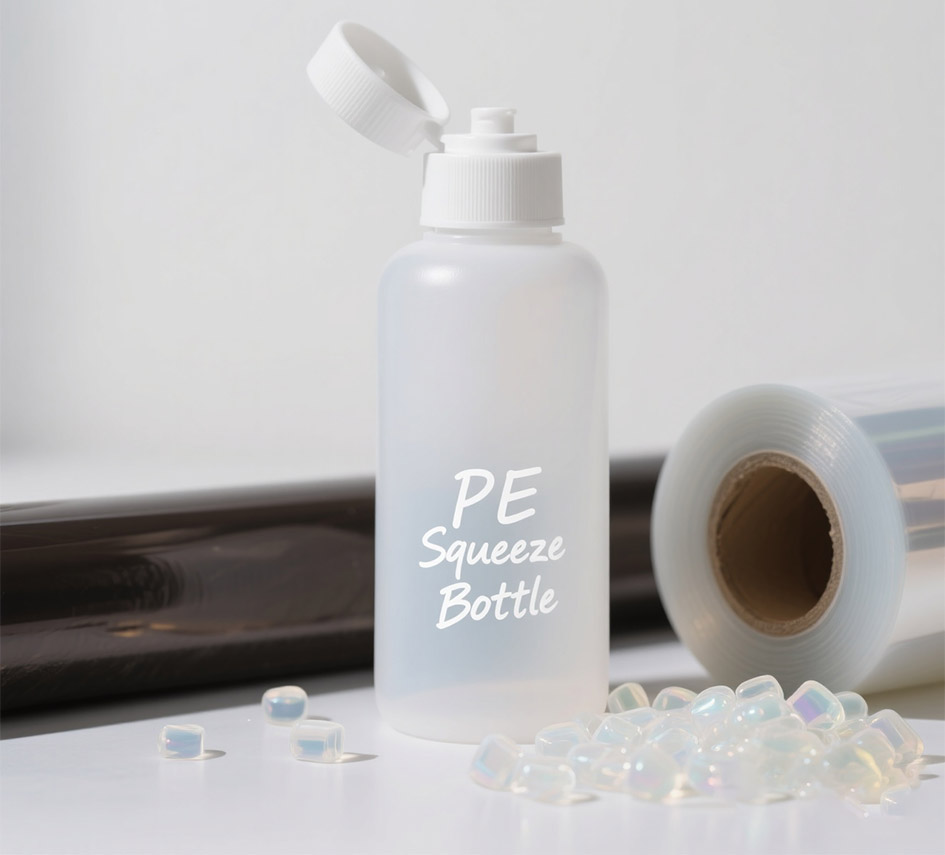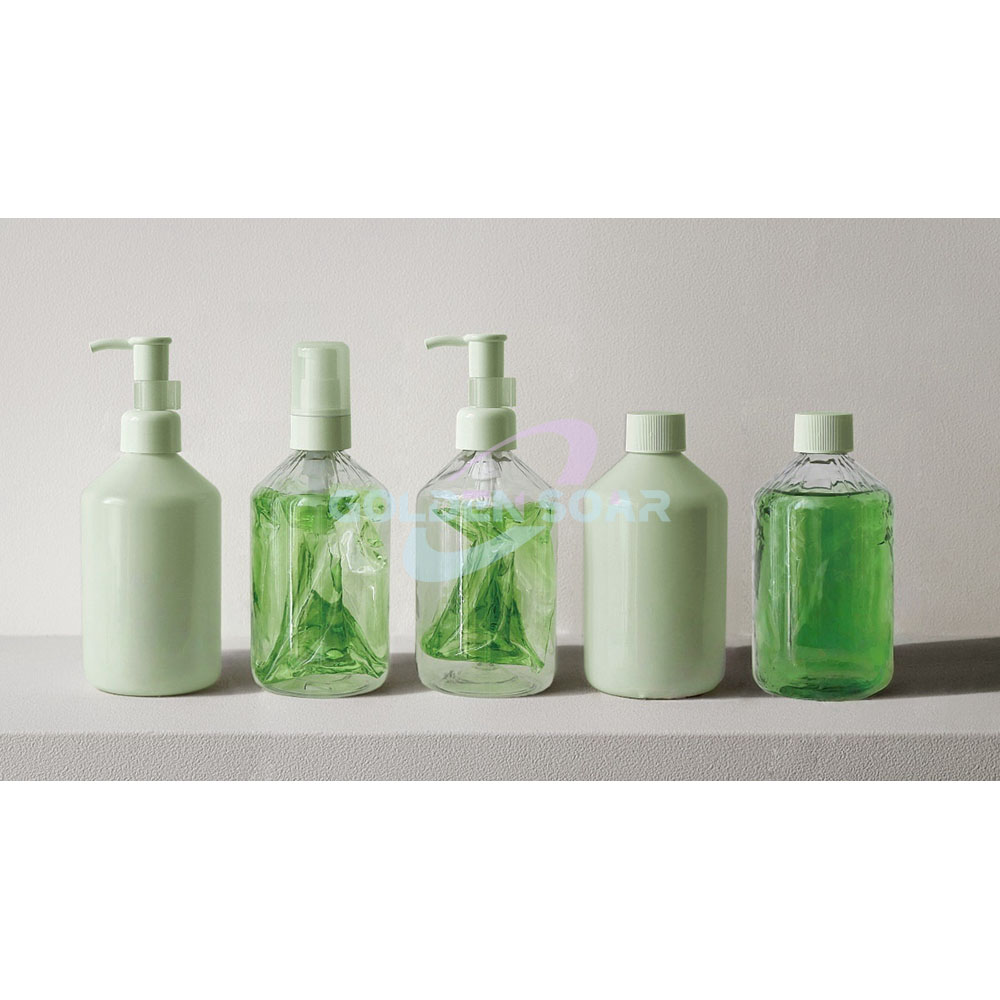
In the current era
{In today's climate-sensitive arena, the necessity of sustainable wrapping techniques is expanding. Three widely employed plastics in packaging are polyethylene resin, PP plastic, and polyethylene terephthalate (PET). Each polymer offers unique aspects that make it advantageous for numerous applications. Polyethylene is a supple plastic often used in envelopes, while polypropylene is known for its strength and is commonly found in jars. PET, on the other hand, is translucent and weightless, making it a popular choice for drink containers.
{When electing sustainable packaging, it's necessary to analyze factors such as the reprocessability of the compound, its planetary influence, and its usefulness.
Perks of PET Packaging in Food and Beverage
{PET packaging have become a popular choice for the food and beverage industry due to their numerous profits. One key upshot is its lightweight nature, which translates to reduced transit costs and a smaller carbon footprint. PET is also highly recyclable, making it an environmentally aware option. Furthermore, its transparent character allows for product visibility, enticing consumers and enhancing brand exposure.
- What's more, PET's durability protects commodities from damage during handling and keeping, ensuring freshness and quality.
- Because of its barrier properties, PET effectively halts the entry of moisture, oxygen, and adulterants, preserving product flavor and safety.
In general, PET shells offer a workable solution for the food and beverage industry, combining cost-effectiveness with planet-friendly considerations.
PP Packaging: Versatility and Durability for Consumer Goods
{Polypropylene covers, commonly known as PP, has emerged as a leading choice for consumer goods due to its exceptional versatility and durability. This attributes make it ideal for a wide range of applications, from food carriers to household devices. The inherent strength of PP provides excellent protection against impact, erosion, ensuring the integrity of the product throughout its lifecycle. Furthermore, PP's toughness to withstand a variety of temperatures and environmental conditions makes it suitable for both indoor and outdoor use.
- PP packaging offers a high level of reuse, minimizing its environmental influence.
- Suppliers often utilize PP to create lightweight and compact packaging solutions, reducing transportation outlays, and promoting eco-friendliness.
- The smooth surface of PP makes it easy to print on, allowing for clear and vibrant product entitling.
In conclusion, PP packaging's combination of durability, versatility, and sustainability has firmly established it as a preferred choice for protecting and presenting consumer goods in today's market.
Aluminum compound's in Premium and Protective Packaging
{Aluminum has emerged as a cornerstone material in the domain of premium and protective packaging. Its inherent features make it an ideal choice for safeguarding commodities during transport and storage. Aluminum's resilience provides exceptional defense against surrounding factors such as moisture, oxygen, and light, ensuring product integrity and extending shelf life. Furthermore, aluminum's cosmetic appeal contributes to the premium feel of packaged goods, enhancing brand notability.
Contrasting Characteristics of PE, PET, PP, Aluminium
{Various plastics and metals possess distinct specific characteristics that influence their applications. Polyethylene element, commonly known as PE, is renowned for its flexibility and low cost, making it suitable for packaging and carriers. Polyethylene terephthalate most recognized as PET exhibits high resilience and clarity, fitted in beverage bottles and textiles. Polypropylene material, or PP, demonstrates resilience and chemical resistance, designing it to support items like containers and automotive parts. Aluminum, a light metal, stands out due to its notable conductivity and recyclability, serving in applications ranging from cans to construction materials.
Eco-Friendly Alternatives: Biodegradable and Compostable Options
{In today's universe, it's more crucial than ever to cut down our impact on the planet. One way to do this is by opting for environment-responsible alternatives to conventional products. Biodegradable and compostable options offer a superb solution to litter problems. These materials decompose naturally over time, contributing valuable nutrients to the soil.
- Samples of biodegradable and compostable products feature food packaging, pouches, and even outfits.
- By choosing these alternatives, we can safeguard natural resources and generate a more eco-friendly future.
Modernizations in Flexible Packaging: PE Films and Laminates
{The flexible packaging industry constantly strives to develop innovative solutions that meet the evolving demands of consumers and manufacturers. Polyethylene (PE) films and laminates have emerged as key players in this landscape, offering a wide range of properties such as strength, durability, barrier performance, and versatility. Recent improvements in PE film technology have led to the creation of high-performance materials with improved puncture resistance, tear strength, and chemical resistance. These enhancements empower the packaging of a diverse range of products, from food and beverages to pharmaceuticals and personal care items.
- Over and above, advancements in lamination techniques have allowed for the integration of multiple layers of PE film with other materials such as elements and metallized foils. This multi-layered approach enhances the protective capabilities of packaging, providing superior barrier properties against moisture, oxygen, and light.
- Thereupon, flexible PE films and laminates are increasingly being exploited in sustainable packaging solutions. Their lightweight nature reduces transportation costs and curtails the environmental impact associated with packaging waste.
The Impact of Packaging on Sustainability: A Circular Economy Approach
{In an era defined by environmental consciousness, the impact of packaging on sustainability has come under intense scrutiny. Traditionally, packaging has been viewed as a linear system, where materials are extracted, processed, used once and then discarded. However, embracing a circular economy approach presents a transformative solution. This paradigm emphasizes reducing waste by reusing, repairing, and recycling packaging materials, minimizing the depletion of resources and environmental impact. By implementing innovative design strategies and fostering collaboration across the supply chain, businesses can create a closed-loop system where packaging becomes a valuable resource rather than a source of pollution.
- A circular economy approach to packaging prioritizes the reuse and recycling of materials.
- Innovative design strategies play a crucial role in minimizing packaging waste.
- Collaboration across the supply chain is essential for achieving a truly sustainable system.
Norms and Materials for Packaging
{Packaging commodities are managed by a variety of legislations designed to ensure the well-being of consumers and the biosphere. These rules often specify the types of compounds that can be used, as well as prohibitions on packagingformat to reduce potential hazards. Conformance with these standards is mandatory for builders to avoid consequences. These directives can vary from area to area, so it is significant for businesses to PP Packaging investigate the specific laws that apply to their offerings. A common intention of packaging laws is to advocate planet care. This regularly involves promoting the use of earth-safe products and cutting down packaging refuse.
Efficiency Improvement in Packaging
{In today's dynamic market, packaging/product containment are constantly seeking innovation/optimization/advancements to enhance both the performance/efficacy/effectiveness of their packaging and its environmental footprint. Lightweighting/Material optimization/Reducing density emerges as a key strategy in achieving this balance. By strategically/intelligently/carefully reducing the weight of packaging materials without compromising protection/integrity/security, manufacturers can achieve significant benefits/gains/advantages. These include lowered/reduced/diminished transportation costs, minimized/decreased/limited environmental impact through lesser/reduced/minimal resource consumption and waste generation/emissions, and improved/enhanced/optimized shelf appeal due to a more streamlined/compact/efficient design.
- Additionally/Furthermore/Moreover, lighter packaging can often lead to increased/enhanced/boosted product stackability, allowing for greater/more/superior storage efficiency and potentially lowering/reducing/minimizing overall shipping volumes.
Therefore/Consequently/As a result, investments/initiatives/commitments in lightweighting represent a strategic/forward-thinking/proactive step towards sustainable/eco-conscious/responsible packaging solutions that meet the demands of both consumers and the planet.
Selecting the Right Packaging Material: Factors to Consider
When it comes to packaging your goods, the choice of material is essential. It's not just about appearance; the right packaging needs to safeguard your items during transit and fulfill specific requirements. Here are some key factors to take into account:
- Product Type
- Sturdiness
- Green Influence
- Financial Aspect
- Presentation Style
By meticulously considering these factors, you can identify the perfect packaging material to showcase your products while guaranteeing their preservation. 